Avatar: The Last Airbender: "Chapter One: The Avatar State," "Chapter Two: The Cave of Two Lovers," and "Chapter Three: Return to Omashu"
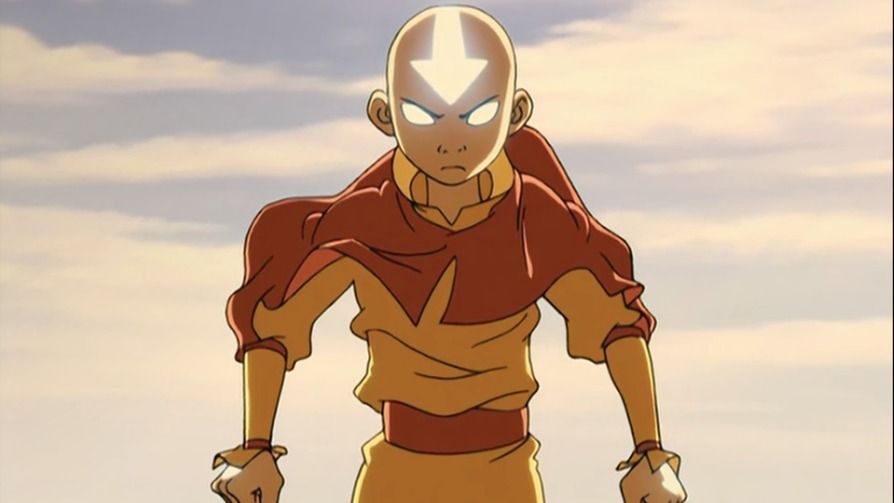
Hi, everyone! This is the first email I'm sending out via my new digs at Letterdrop. I've been thrilled with the work the team there has done to help me get everything transferred over in the wake of my leaving Substack. I'll be turning on subscriptions again next week, once Substack turns off the fees it's still taking from them.
In case you missed it, please read this amazing Adam Bumas piece on asexuality and the movie The Lobster, which ran earlier this week. I forgot to email it out, and it's terrific.
On with the recap!
(This is the ninth installment of my weekly recaps of Avatar: The Last Airbender, the Nickelodeon animated series that ran from 2005 to 2008 to much critical acclaim. I’ve never seen it! These recaps are usually only available to paid subscribers, but I make season premieres available to all.)
“Chapter One: The Avatar State” (originally aired March 17, 2006)
“Chapter Two: The Cave of Two Lovers” (originally aired March 24, 2006)
“Chapter Three: Return to Omashu” (originally aired April 7, 2006)
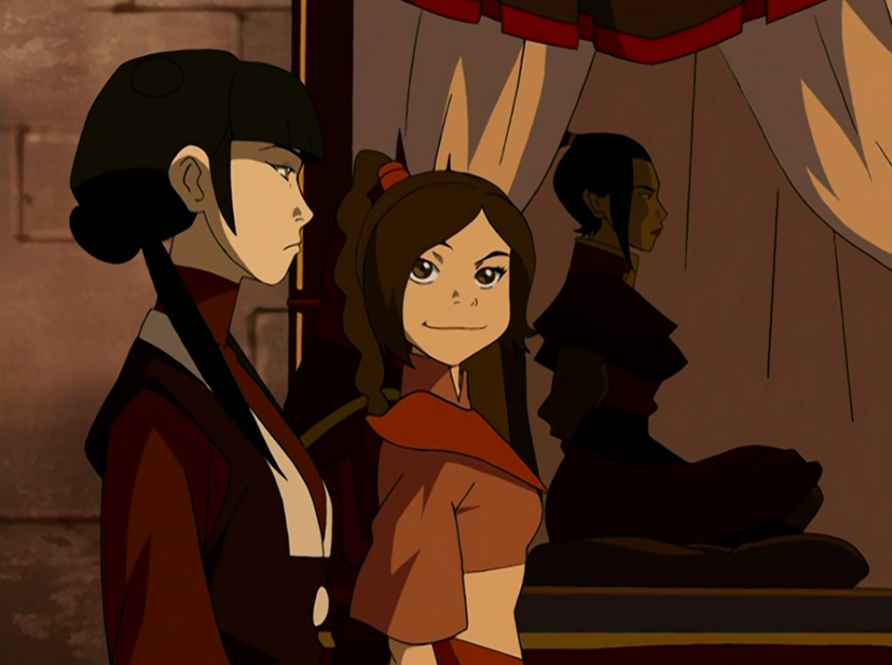
Even when I don't love a show, I love a second season.
I hope you know what I mean by that. Nearly every show, no matter how bad, has figured out what it wants to do at the top of season two. There are times when that's bad! Shows that were massive successes in season one often struggle at this point, as they attempt to show that they have more tricks in their bag than just the handful they showed throughout season one. But the early episodes of season two are usually where a show crush develops into a long-term relationship for me. They are the test of a series, for better or worse.
You can skate by on cast chemistry and premise in season one, and those qualities will hide a lot of flaws. But early in season two, you'd better have your show figured out as much as you're ever going to. With the helter-skelter chaos of season one behind you, you get a chance to pay attention to what worked, discard what didn't, and readjust for the long haul. In the streaming era, services like Netflix are trying to minimize the importance of a season two, by creating shows with flashy premises, specifically designed to run two to three seasons. It's a movement I'm not personally in favor of, but even there, the early episodes of season two can tell you a lot about how the people telling this story think about the story they're telling.
Avatar: The Last Airbender passes the season two test with flying colors. These three episodes are light on their feet, they tie the episodic structure of the show more directly to the serialized storyline, and they tweak several things that didn't quite work while introducing a large number of new elements that work right out of the gate. These episodes are the product of a team that knows exactly what story it's trying to tell and have been given lots of leeway by their network to tell it, thanks to season one being a ratings hit.
As someone who was deeply skeptical of all but the best episodes of season one, I was surprised just how much I dug season two so far. In thinking about why, my reasons come down to five major changes the show has made.
Characters are characters and not just functions of the plot
I spent a fair amount of time in season one bemoaning that only Sokka seemed to have anything like a character arc. You could see where the show was trying to offer arcs to the central trio, but they were suggested more than actually depicted, a deeply unsatisfying place for a show to find itself. The final three episodes of that season gave our central trio much more in the way of actual arcs, but if season two had picked up with another travelogue plot, it might have quickly tested viewers' patience.
And technically, yes, this season is built around another journey the trio has to go on, but that journey is deeply character-focused. After the events of the season one finale, Aang, Katara, and Sokka all have something to prove, and Zuko has to figure out who he even is. Having Katara train Aang in waterbending is a smart way to draw those characters together in a way that drives tension both romantic and otherwise, and Sokka is increasingly defined by more than his inability to bend any elements.
When Aang wakes up in the middle of the night in the season premiere to tell Sokka that he isn't sure bringing on the Avatar State is such a good idea, it really feels like a moment between friends that isn't being forced on them by the writers. And said writers no longer seem desperate to prove the characters are friends, as too many similar moments in season one were.
These moments have room to breathe, in other words, and that makes all the difference in the world. Zuko and Iroh accept failure. Katara and Aang crush on each other a little bit. Sokka gets to be a hero. Everybody gets to do something awesome, whether in an action beat or in a character moment.
And it's not just them, either.
The new characters redress balance issues within the show itself
Sending a trio of girls, led by a chaotic evil princess, after the trio at the show's center is such a good call. General Zhao was perfectly fine as a season one antagonist, but you could feel the ways in which the show was a bit constrained by his monomaniacal quest to capture the Avatar and bring about Fire Nation dominance. Plus, he had little to no actual relationship with any of the characters. Yes, Zuko was "the antagonist," but his journey was clearly as important to the show as Aang or Katara's, which underlined just how much he and Aang seem destined by be allies. Plus, he could be a little monomaniacal, too.
In season two, Aang isn't being pursued by two guys, one of whom seems to exist primarily as "the villain" and both of whom have little relationship with each other. He's being pursued by an ensemble cast from an entirely different show. Azula, Mai, and Ty Lee are all instantly evocative as characters, and Azula in particular stands out as the kind of villain the show needs. Her firebending powers are unique, presented as blue, crackling electricity, and she is interested not just in capturing Aang but in capturing Zuko as well.
But most importantly, these characters have relationships with each other and with the wider world of the show. Ty Lee isn't exactly happy to be along on the journey. Azula is pursuing Zuko because her father needs her to. And Mai apparently has some sort of romantic past with Zuko. The characters don't yet have a relationship with our central trio, but it almost doesn't matter, because they're being used to balance out Zuko's side of the show in a way that doesn't feel forced because of those pre-existing relationships.
(Sidebar to say that Azula rules, and I am ready to take down the Avatar and institute a land of darkness and fire if it means I get to hang out with her.)
Plus, this trio addresses the series' gender imbalance in a way that doesn't feel like adding more girl characters to add more girl characters. Katara was by far the most important girl character in season one, which meant that she too often was presented as "the girl." Already, the presence of the other three characters is forcing the writers to sharpen Katara. It's smart.
The action is better
It just is.
The fights are cleaner and more detailed, the bending powers make more sense, and the geography of each and every action sequence is allowed ample time to make itself known. Consider that one of the best action sequences in these episodes features Momo and a baby in a runaway fruit cart, and you realize just how far the action storytelling has come in such a short time.
I'd often look away during fight sequences in season one; in season two, I'm gripped by them without feeling like they overpower the series. Plus, they're doing a much better job of showcasing how scary Aang's power could be, especially when he enters the dangerous, hard-to-control Avatar state in the premiere. Action needs clear stakes to thrive; Avatar finally has them.
The serialization feels more organic
The serialized storytelling in season one proceeded in fits and starts. It would pop up here and there, then retreat for episodes at a time before coming right back. The storytelling in season two is already better handled in this regard.
The second episode ends with a look at Omashu under Fire Nation control, and episode three takes us right into that kingdom in search of King Bumi. The Avatar State teased in the first episode seems like it will come up again (especially as the show sets the stakes of "if Aang dies in the Avatar State, the Avatar lineage dies with him), and, of course, Azula and her friends provide a consistent throughline for these episodes.
But even the character throughlines are stronger. Zuko and Iroh's wanderings in the first two episodes would have been handled with some okay-but-not-that-great exposition in season one, and here, their journey has an emotional weight. Thus, when Azula tries to trick her brother and imprison him, there's not just a storytelling beat to hit but a character beat to hit as well.
To be sure, at least some of this better grasp of serialization was present in the back half of season one. But even when compared to those episodes, season two is taking bigger swings and doing really interesting things. I'm excited to see where the story goes next.
The show is just more confident
I'm relatively certain that you will read the above and agree with me, even if you're not quite sure what it means. And that's the thing: I'm not quite sure what it means, either. Everything the show is doing is clicking right now, and that's at least partially because the show is more confident in its ability to tell stories and hit the dramatic beats it wants to hit at this point.
My guess is that at least some of this had to do with an increased absence of network pressure. Where season one sometimes felt like Nickelodeon was insistent upon having a neatly coherent story in every single episode, with a clear and easily defined moral, the series' status as a hit probably bought the writers leeway with the network, leeway they used to push what was working and downplay the more episodic elements that were getting in the way of the storytelling.
But most importantly, they didn't ditch everything. You could even point to episode two as a rough attempt to redo "The Great Divide," the show's weakest episode to date, in a lot of ways. Confidence isn't just knowing your own vision; it's also knowing which parts of others' visions complement your own. And in season two, Avatar: The Last Airbender has both qualities by the bushel.
Other thoughts I thought:
- God, I loved those hippies. Watching Sokka have to traverse a cave with a guy who just wouldn't stop singing was a hoot, and I also liked that music ultimately saved the day when the gang encountered some monsters.
- Okay, one thing that just isn't working for me at all right now: Katara and Aang's romance. I get what the show is going for, and I get why it's pushing this angle, but I don't really think I'm ever going to buy that the two of them are soulmates, even as I know we're almost certainly headed in that direction.
- King Bumi's little speech about how sometimes it's best to do nothing and wait for the right moment is both a surprisingly poignant bit of storytelling and presumably cool foreshadowing for some big Bumi action to come.
- Another little tweak the creators seem to have made: more Appa. Everybody's favorite giant, flying buffalo seems to get a lot more cool stuff to do in these three episodes, and I, for one, am in favor.
- If I'm being honest with myself, I'm a Ty Lee, but I so dearly wish I was Azula. That kind of chaotic evil energy is something I could really use in my life, and her aesthetic is the best.
- It's a little silly, but I do love how much of the big, dramatic story in Omashu ultimately revolves around a baby trying to eat Momo and wandering into resistance fighter hands.
- It wouldn't be Avatar if Aang weren't awkwardly thrust into a vision state where one of his former incarnations gave him an info-dump.
Next week: We head into "The Swamp," celebrate "Avatar Day," and meet "The Blind Bandit."

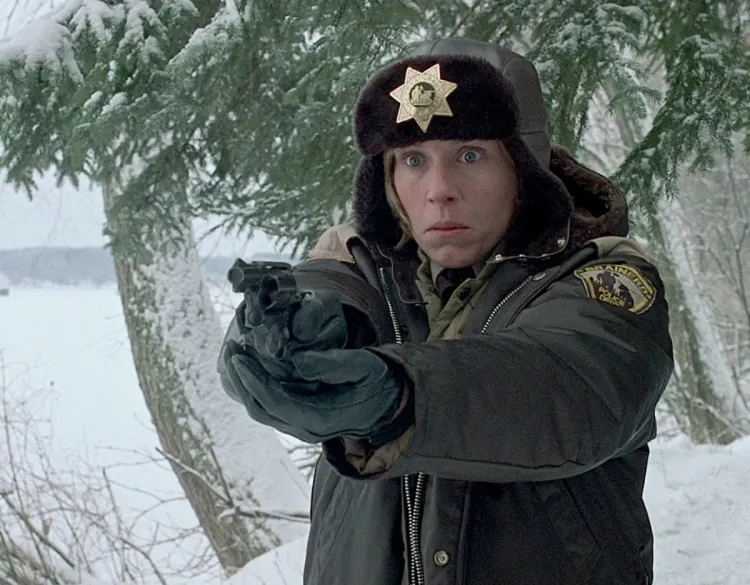

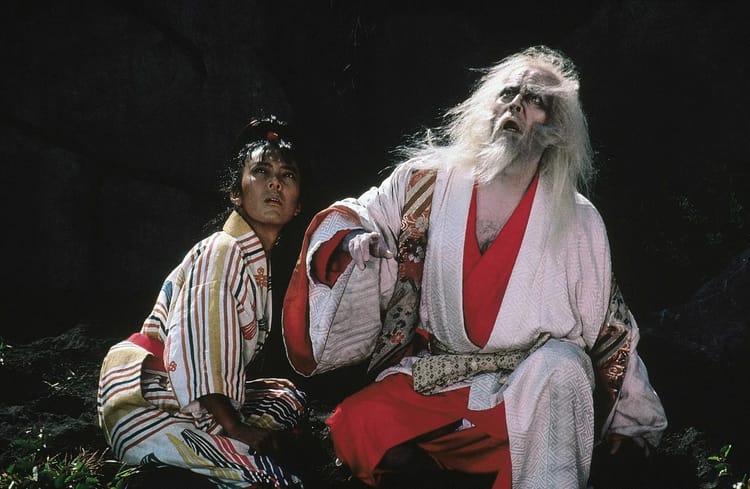
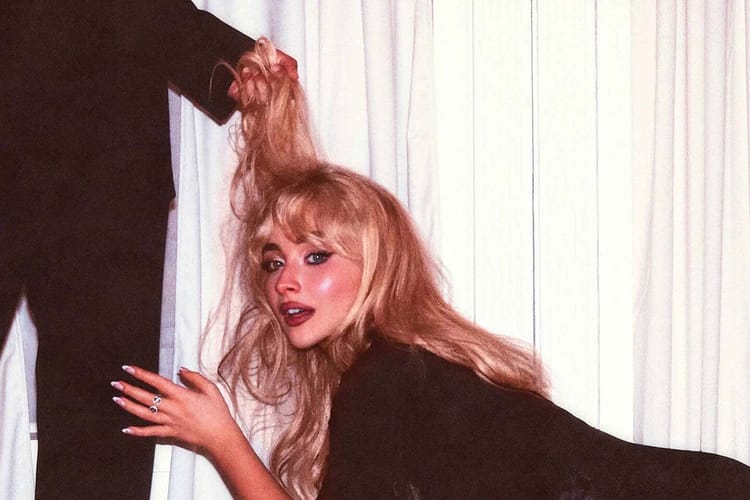
Member discussion